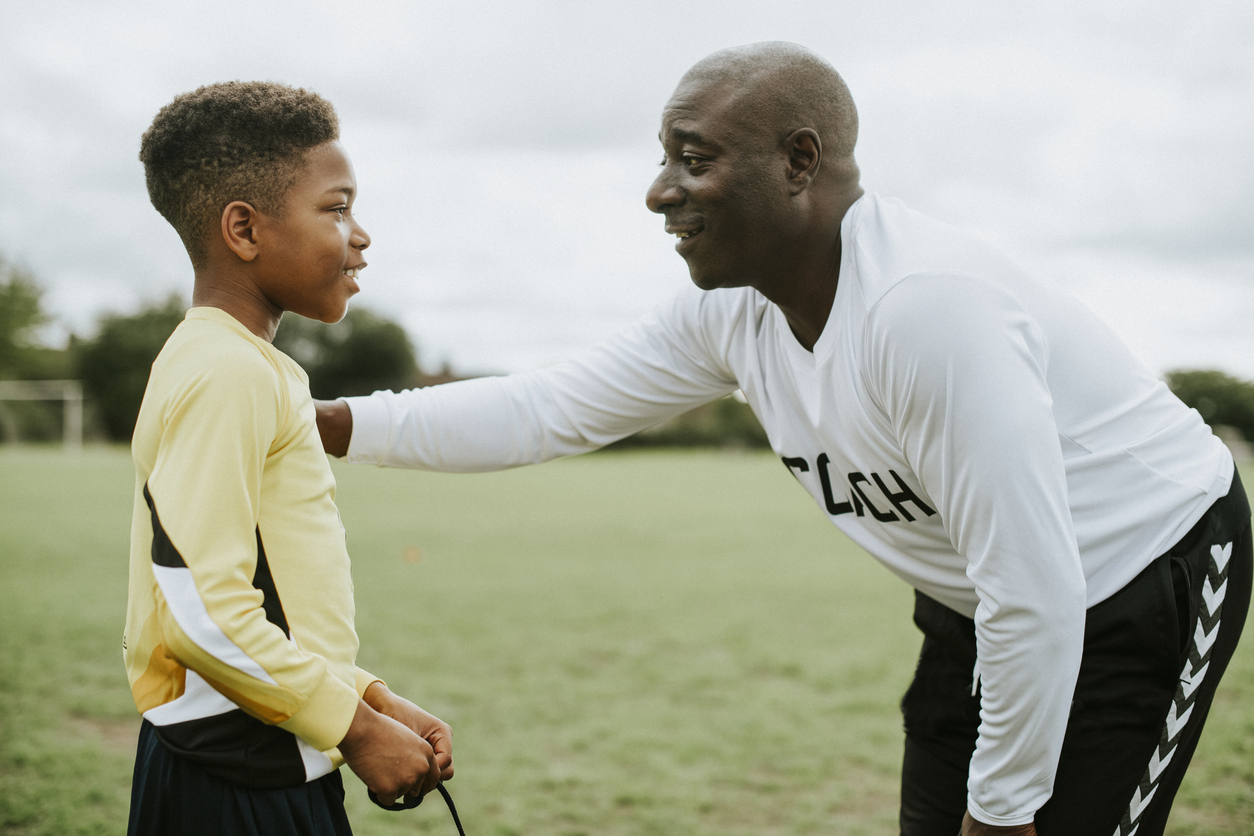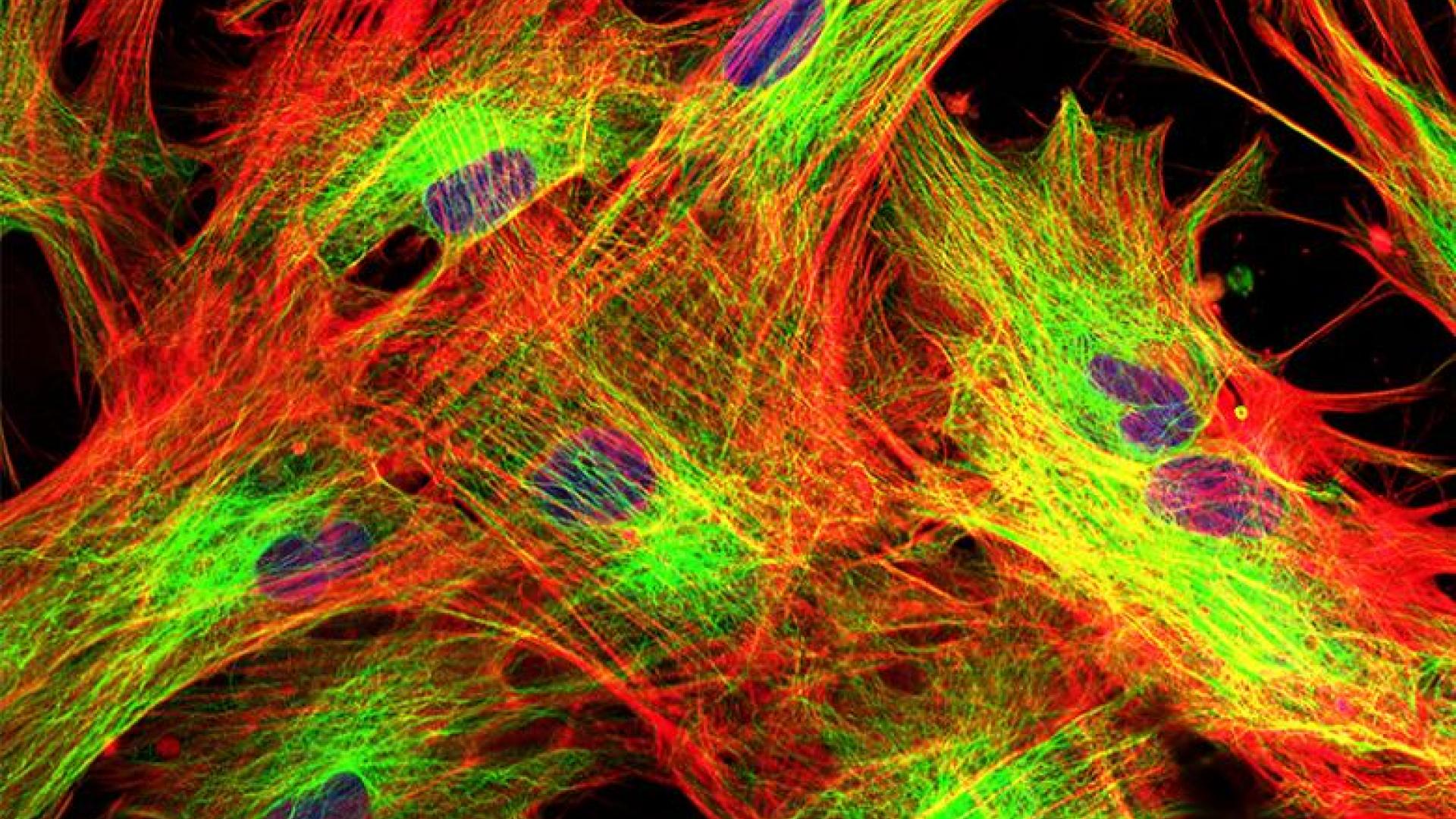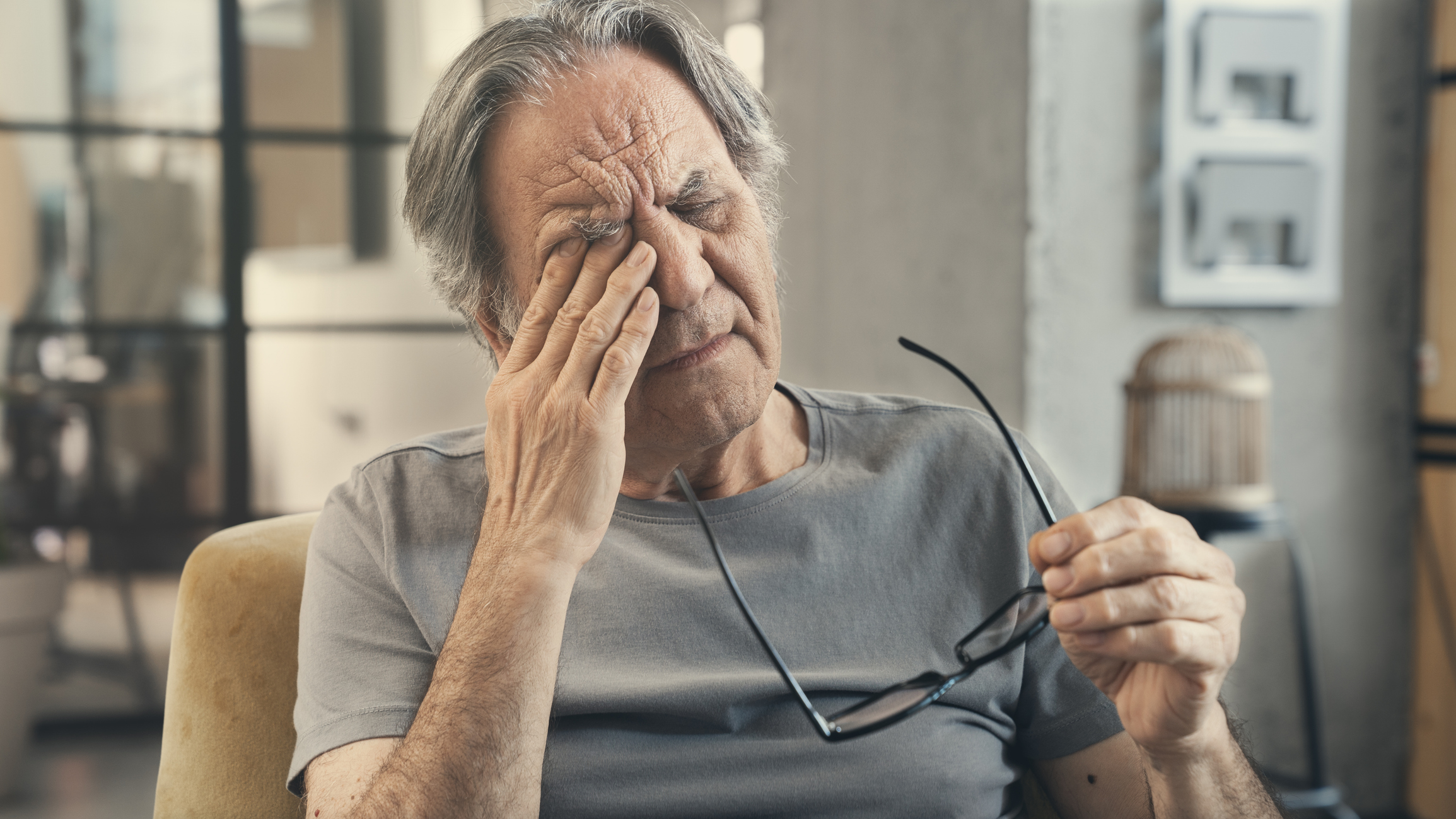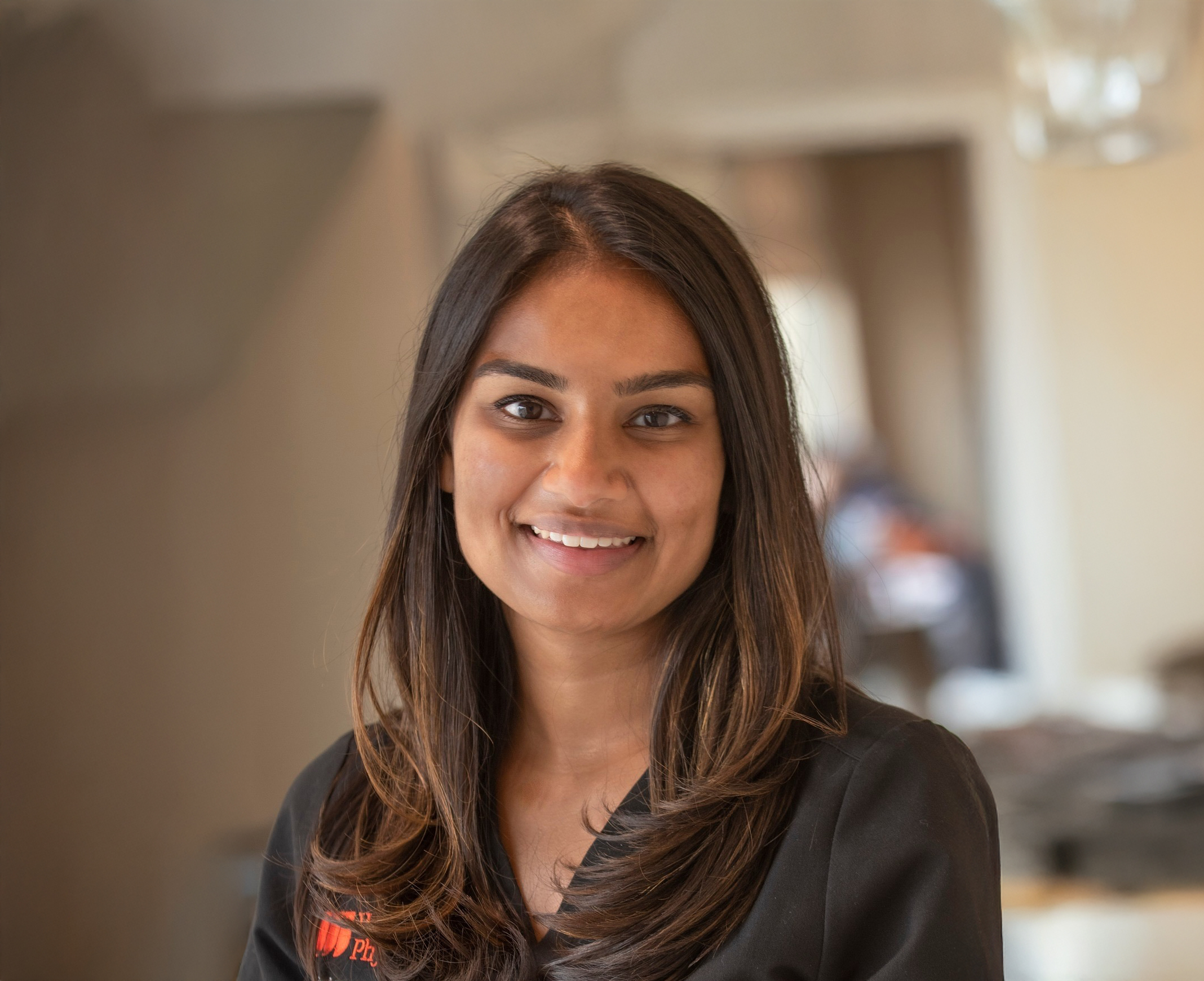
This article explores how glaucoma impacts African Americans, Latinos, Asians, and Caucasians in different ways.
African Americans
In the United States, the leading cause of irreversible blindness among Americans of African descent is primary open-angle glaucoma (POAG). POAG affects this population at a younger age than other groups (about a decade earlier), and it is often diagnosed at a more severe stage of disease. Glaucoma is about 3 to 4 times more common in African American populations than in people of European ancestry.
The African Descent and Glaucoma Evaluation Study Group (ADAGES) study examines two groups of patients: Americans of African ancestry vs. Americans of European descent. The study investigators wanted to know whether there were characteristics of the African-American eyes and optic nerves that made them more vulnerable to glaucoma.
Thin Corneas
This is the first study where both groups of patients received the same access to and quality of care. Some of the important findings from this study include the fact that African Americans have thinner corneas than those of European descent. Thin corneas are a known risk factor for glaucoma.
Larger Optic Nerves
Another finding is that Americans of African ancestry had larger optic nerves. This may be important as people with larger nerves are often misdiagnosed with glaucoma.
More Rapid Progression
One of the study’s recent reports details that in a group of glaucoma suspects composed of African-Americans and Americans of European descent, those with higher eye pressures and who were African American were more likely to develop problems with their visual field than Americans of European descent. This corroborates the finding that the vision of African American patients tends to get worse more quickly, although investigators still do not have an answer as to why.
Prevention
The National Eye Institute recommends that African Americans age 40 and older should be evaluated for glaucoma and even earlier if there is a family history of glaucoma.
Hispanics
Hispanics are also at increased risk of primary open-angle glaucoma. The Los Angeles Latino Eye Study (LALES) was designed to evaluate how common POAG and ocular hypertension (where the eye pressure is high but glaucoma is not yet diagnosed) are among the Hispanic population.
The study was completed in Los Angeles, and most of the LALES patients were Mexican-American, so it is difficult to know how the findings in the study apply to Hispanics of other ethnicities. Despite this caveat, some important findings were reported. The prevalence of open-angle glaucoma in Hispanics is not quite as high as in African Americans but is higher than in Caucasian Americans. Furthermore, 75% of Hispanics were previously undiagnosed and did not know they had glaucoma.
Blood Pressure
A follow-up report emphasized the importance of blood pressure, which confirmed previous studies in general populations. Very high blood pressure is bad for glaucoma because it can increase eye pressure. But perhaps less recognized is that low blood pressure can also be bad for glaucoma because there can be compromised blood flow to the optic nerve.
Optic Nerve Blood Flow
Hispanics may be particularly susceptible to damage from poor blood flow to the optic nerve because there is a high prevalence in this population of diseases that affect the blood vessels, such as diabetes.
Thin Corneas
As with African Americans, thinner corneas also increased the risk of glaucoma in Hispanics.
Prevention
The National Eye Institute recommends that everyone over age 60, but especially Mexican Americans, be evaluated for glaucoma.
Asians
Angle-Closure Glaucoma
Thus far, we have been discussing the most common form of glaucoma in the U.S., namely primary open-angle glaucoma. However, for primary angle-closure glaucoma (PACG) there are also differences among various ethnic groups. In some ways, PACG could be considered a more aggressive form of glaucoma and accounts for 90% of blindness in China.
Open-Angle Glaucoma
This is not to say that primary open-angle glaucoma is not seen in Asian Americans. One study demonstrated that the prevalence of POAG in Asian Americans was similar to that of Hispanics and greater than for Caucasian Americans.
Normal-Tension Glaucoma
Along the spectrum of POAG, there is also a form in which the eye pressure is not elevated, so-called normal tension glaucoma (NTG). What is interesting is that NTG has been found to be more common in Japanese Americans. American Indian and Alaskan Native populations also have a higher prevalence of NTG. This can be a particularly insidious form of glaucoma because the eye pressure is never elevated.
Narrow Angles
There are also differences among various other Asian ethnicities in the risk of having narrow angles (a precursor to having primary angle-closure glaucoma). The “angle” that is being referred to is the angle between the iris, which makes up the colored part of your eye, and the cornea, which is the clear window front part of your eye.
For example, Vietnamese Americans, Pakistani Americans, and Chinese Americans have been found to have a greater risk of narrow angles compared to other Asian American populations.
It is difficult to know why Asian Americans have higher rates of primary open-angle glaucoma, but it likely has to do with the anatomy of the eye, which may likely reflect some genetic contribution. Narrow angles are much less common in African American and Hispanic populations.
Caucasians
Pseudoexfoliation glaucoma is another form of open-angle glaucoma that occurs in different ethnic groups at varying rates. It is more common in patients with heritage from Scandinavian countries, although it is found in all populations to varying degrees. In a U.S. study, the prevalence of pseudoexfoliation glaucoma was much higher in Caucasian Americans than in African Americans. A genetic association has been found with the lysyl oxidase-like 1 gene (LOXL1), but the interesting thing is that even many patients without pseudoexfoliation glaucoma have changes in this gene. This suggests that genetic factors are not the only contributing factor and that the environment could play an important role.
Is Ethnicity Really Driving the Risk?
Of course, despite all of these differences in glaucoma risk and severity of disease, one has to wonder whether ethnicity is really driving these differences that we see. It is possible that certain ethnic groups have specific anatomic changes that predispose them to glaucoma, such as the thinner corneas in African Americans and Latinos.
It is very important for those who have an increased risk of developing glaucoma to have a thorough eye examination by an ophthalmologist and to follow up on any recommendations or treatments.
About BrightFocus Foundation
BrightFocus Foundation is a premier global nonprofit funder of research to defeat Alzheimer’s, macular degeneration, and glaucoma. Since its inception more than 50 years ago, BrightFocus and its flagship research programs—Alzheimer’s Disease Research, Macular Degeneration Research, and National Glaucoma Research—has awarded more than $300 million in research grants to scientists around the world, catalyzing thousands of scientific breakthroughs, life-enhancing treatments, and diagnostic tools. We also share the latest research findings, expert information, and resources to empower the millions impacted by these devastating diseases. Learn more at brightfocus.org.
Disclaimer: The information provided here is a public service of BrightFocus Foundation and is not intended to constitute medical advice. Please consult your physician for personalized medical, dietary, and/or exercise advice. Any medications or supplements should only be taken under medical supervision. BrightFocus Foundation does not endorse any medical products or therapies.









